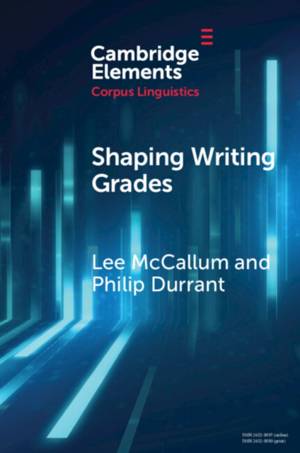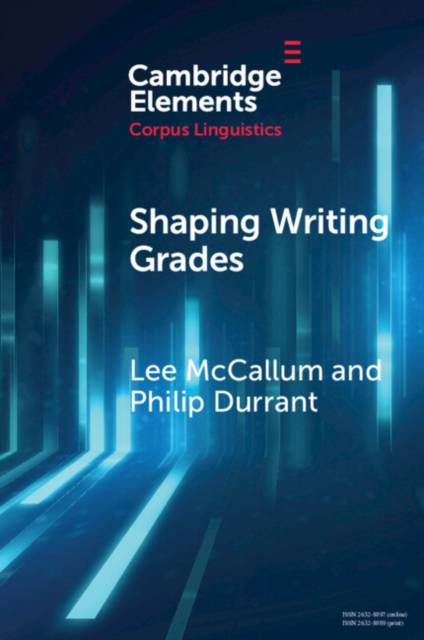
- Afhalen na 1 uur in een winkel met voorraad
- Gratis thuislevering in België vanaf € 30
- Ruim aanbod met 7 miljoen producten
- Afhalen na 1 uur in een winkel met voorraad
- Gratis thuislevering in België vanaf € 30
- Ruim aanbod met 7 miljoen producten
Zoeken
€ 31,95
+ 63 punten
Omschrijving
This Element explores relationships between collocations, writing quality, and learner and contextual variables in a first-year composition (FYC) programme. Comprising three studies, the Element is anchored in understanding phraseological complexity and its sub-constructs of sophistication and diversity. First, the authors look at sophistication through association measures. They tap into how these measures may tell us different types of information about collocation via a cluster analysis. Selected measures from this clustering are used in a cumulative links model to establish relationships between these measures, measures of diversity and measures of task, the language background of the writer and individual writer variation, and writing quality scores. A third qualitative study of the statistically significant predictors helps understand how writers use collocations and why they might be favoured or downgraded by raters. This Element concludes by considering the implications of this modelling for assessment.
Specificaties
Betrokkenen
- Auteur(s):
- Uitgeverij:
Inhoud
- Aantal bladzijden:
- 75
- Taal:
- Engels
- Reeks:
Eigenschappen
- Productcode (EAN):
- 9781009074445
- Verschijningsdatum:
- 8/09/2022
- Uitvoering:
- Paperback
- Formaat:
- Trade paperback (VS)
- Afmetingen:
- 152 mm x 229 mm
- Gewicht:
- 140 g

Alleen bij Standaard Boekhandel
+ 63 punten op je klantenkaart van Standaard Boekhandel
Beoordelingen
We publiceren alleen reviews die voldoen aan de voorwaarden voor reviews. Bekijk onze voorwaarden voor reviews.











